Table of Contents
The Russian flag, also known as the flag of Russia, holds a significant place in the nation’s history and culture. With its vibrant colors and meaningful symbolism, it represents the Russian identity and heritage. In this article, we will delve into the intriguing aspects of the Russian flag, its design, historical background, and the symbolism behind its elements.
The Russian flag features three horizontal stripes: white at the top, blue in the middle, and red at the bottom. The white color symbolizes peace and purity, the blue represents faith and loyalty, and the red stands for courage and valor.
Russia Flag: Colors and Symbolism
- The flag of Russia features three horizontal stripes: white at the top, blue in the middle, and red at the bottom.
- The white color symbolizes peace, purity, and the snow-covered landscapes of Russia.
- The blue color represents faith, loyalty, and the vast Russian skies.
- The red color stands for courage, valor, and the passion of the Russian people.
- The flag’s design reflects the nation’s aspirations, cultural heritage, and unity among the Russian people.
Flag of Russia

The flag stands as a powerful symbol that encapsulates the cultural significance and spirit of the nation. Its design consists of three horizontal stripes: white at the top, blue in the middle, and red at the bottom. The white color symbolizes purity and honesty, the blue represents vigilance, truth, and loyalty, and the red stands for bravery, valor, and love. These colors have historical connections and represent the deep roots and values of the Russian people.
The history of the flag is intertwined with Russia’s rich heritage and various historical periods. Throughout its existence, the tricolor has been associated with different interpretations but consistently stood as a representation of the Russian nation.
Beyond its aesthetics, the flag from Russia carries deep symbolic meanings. The colors reflect the values and aspirations of the Russian people, symbolizing purity, truth, bravery, and love. It embodies Russia’s cultural heritage and serves as a reminder of the nation’s resilience and unity.
National Flag Etiquette and Protocol
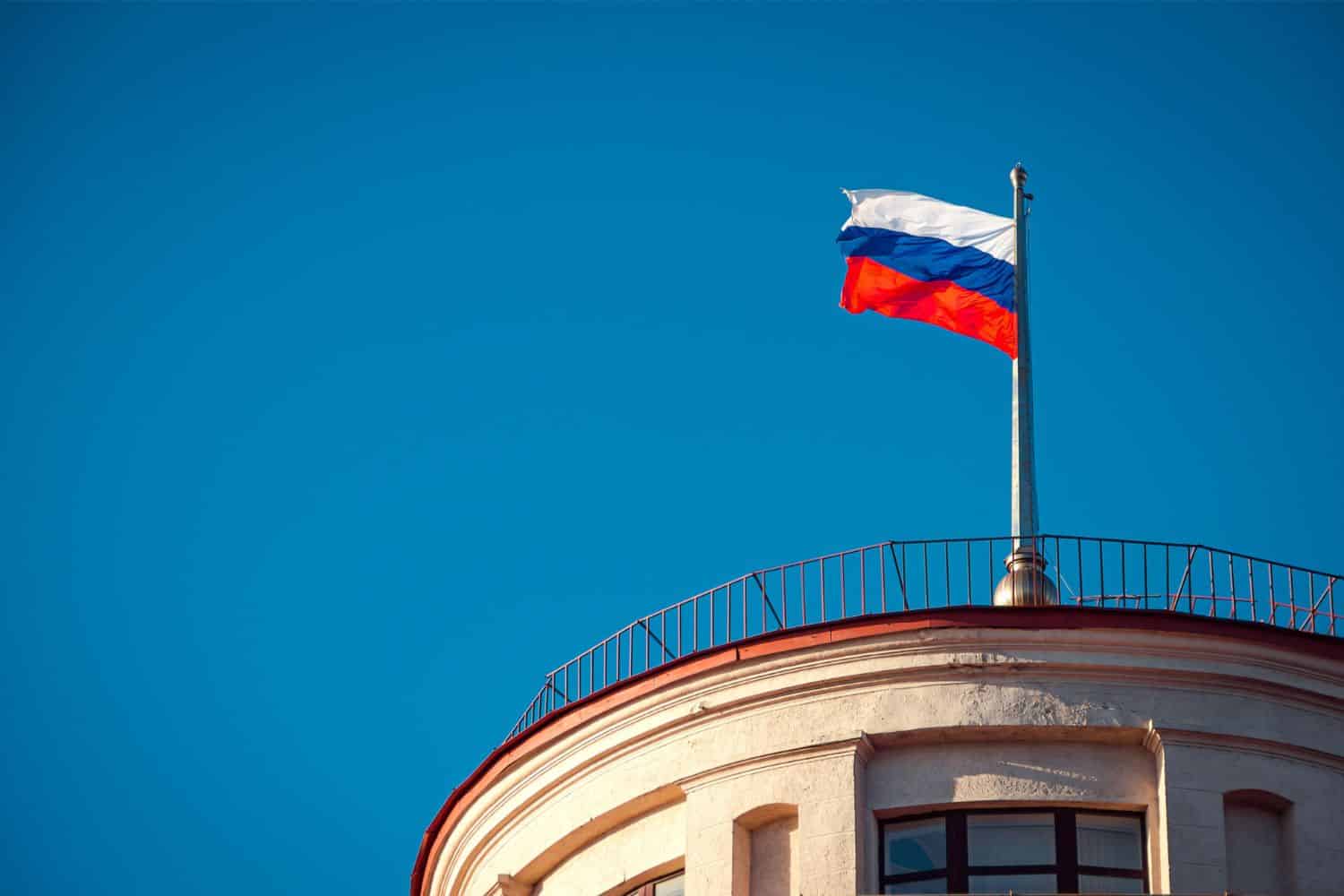
Respecting the proper usage and display of the Russian flag is of utmost importance. Understanding flag etiquette is essential, especially during national events and ceremonies. Learn about the protocols governing the handling, hoisting, and lowering of the flag. Discover the appropriate procedures for retiring or handling damaged flags, ensuring they are accorded the respect they deserve.
- Proper Handling: The Russian flag should be handled with care and respect, ensuring it is not allowed to touch the ground or floor. It should be held upright and not dragged.
- Hoisting and Lowering: When hoisting the flag, it should be raised briskly and lowered ceremoniously. It is customary to hoist the flag at sunrise and lower it at sunset, although this may vary depending on the occasion or specific guidelines.
- Displaying the Flag: The Russian flag should be displayed with the white stripe on top, followed by the blue stripe in the middle, and the red stripe at the bottom. It should be flown freely and not entangled or obstructed.
- Half-Staff: Lowering the flag to half-staff is a gesture of mourning or respect. This should be done on specific days of remembrance or when directed by authorities to honor national tragedies or the passing of significant figures.
- Flag Retirement: When a Russian flag becomes damaged, torn, or worn out, it should be retired in a dignified manner. This can involve burning it in a respectful and solemn ceremony, following appropriate guidelines and local regulations.
- Flag Size and Placement: The size of the Russian flag displayed should be proportionate to the size of the flagpole or display area. It is recommended to consult local guidelines or authorities for specific rules regarding flag size and placement.
- Respectful Disposal: If a flag cannot be retired through burning, it should be disposed of in a respectful manner. This can involve burying it or handing it over to authorized organizations that specialize in flag disposal.
Interesting Facts and Trivia
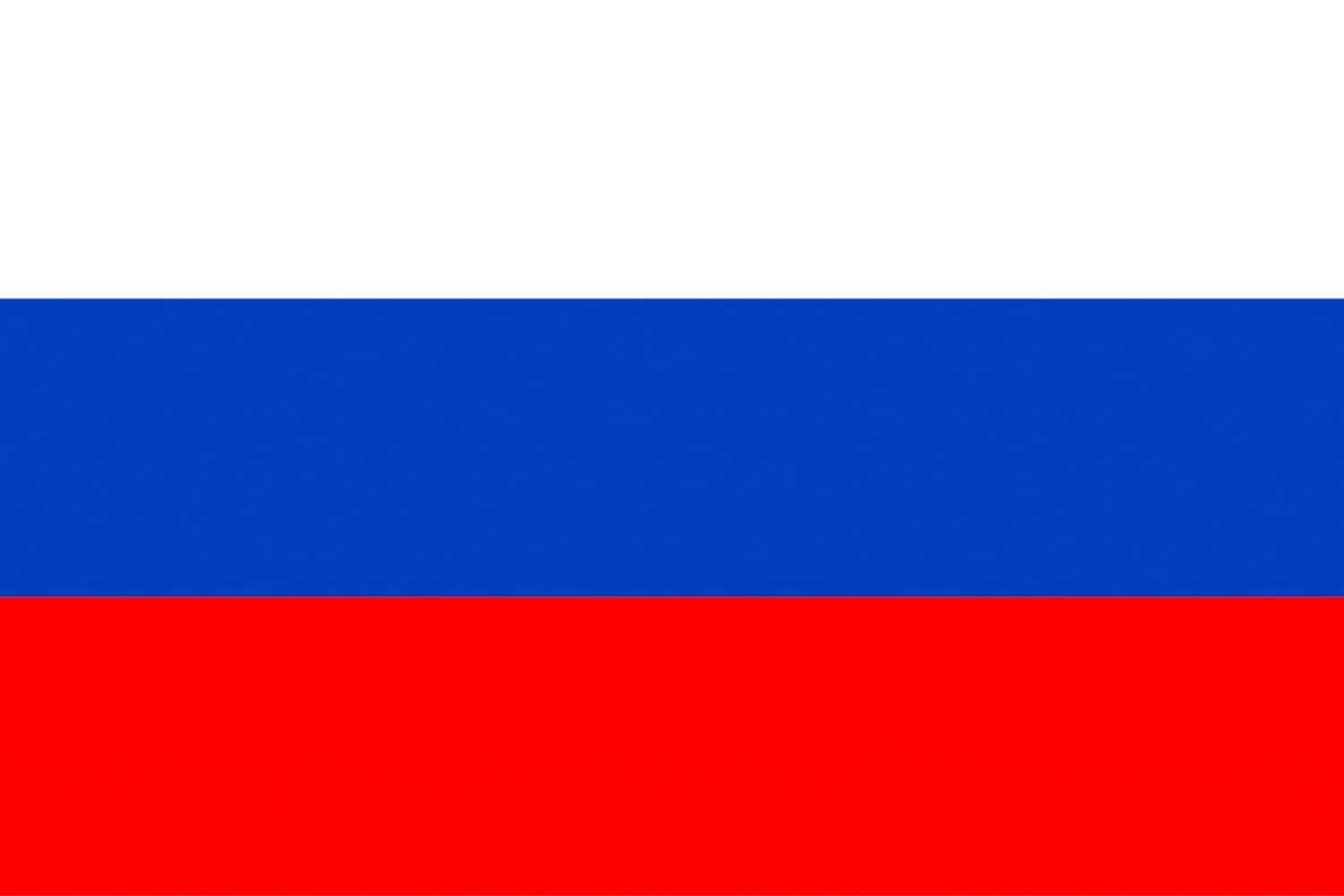
Embark on a journey of fascinating facts and lesser-known trivia about the Russian flag. Discover unique features within the flag’s design that hold hidden symbolism. Uncover stories of famous incidents or events involving the flag that have left an indelible mark on the nation’s history and identity.
Rich Tapestry of History
- 1915: The current flag of Russia is adopted on August 22, symbolizing the unity and aspirations of the Russian people.
- Colors and Symbolism: The white color stands for nobility and frankness; the blue for loyalty, honesty, and wisdom; and the red for courage, love, and bravery. Together, they embody the collective spirit and essence of the Russian people.
- Tri-Color Stripes: The horizontal stripes, from top to bottom – white, blue, and red – have become iconic and are easily identifiable as representing Russia in various contexts.
- National Identity: The flag embodies Russia’s rich history, cultural heritage, and the nation’s ongoing pursuit of unity, prosperity, and renewal.
These historical facts highlight significant moments in the history of the Russian flag, showcasing its role in shaping Russia’s national identity and symbolizing its struggles and aspirations throughout the years.
Flag-Related Symbols and Emblems
A flag is not alone in representing the nation’s identity. Explore additional national symbols and emblems closely associated with Russia, understanding their significance and how they relate to the flag. Delve into their historical and cultural roots, further enriching your understanding of Russia’s heritage. It’s easy to travel and make a Russia tour to visit the country’s best destinations.
Symbolisms of the Russian Flag
The flag of Russia holds several symbolic elements that represent the nation’s history, values, and aspirations. Here are the symbolisms of Russia flag presented in the itemized form:
- White Color: Represents purity, nobility, and frankness in Russian culture and history.
- Blue Color: Symbolizes faith, fidelity, and the pristine waters of Russia’s vast rivers and lakes.
- Red Color: Reflects the bravery, valor, and sacrifices made by the Russian people throughout history.
- Flag’s Design: Reflects Russia’s aspirations, cultural heritage, and unity among the Russian people.
- National Identity: The flag serves as a powerful symbol that unifies the Russian people, reminding them of their shared heritage and cultural identity.
- National Aspirations: Through its design and elements, the flag embodies the aspirations and values of the Russian nation, including purity, faith, bravery, and unity.
These symbolisms in the flag contribute to the country’s sense of identity and pride, reflecting its historical journey and cultural significance.
Flags of Similar Countries or Regions
Examining the flags of neighboring countries or regions within Russia can provide intriguing insights. Compare and contrast the flags, exploring similarities in design, colors, or symbolism. Uncover historical and cultural connections between flags, shedding light on shared influences or distinctive Russian identities.
Russian Flag vs Ukrainian Flag
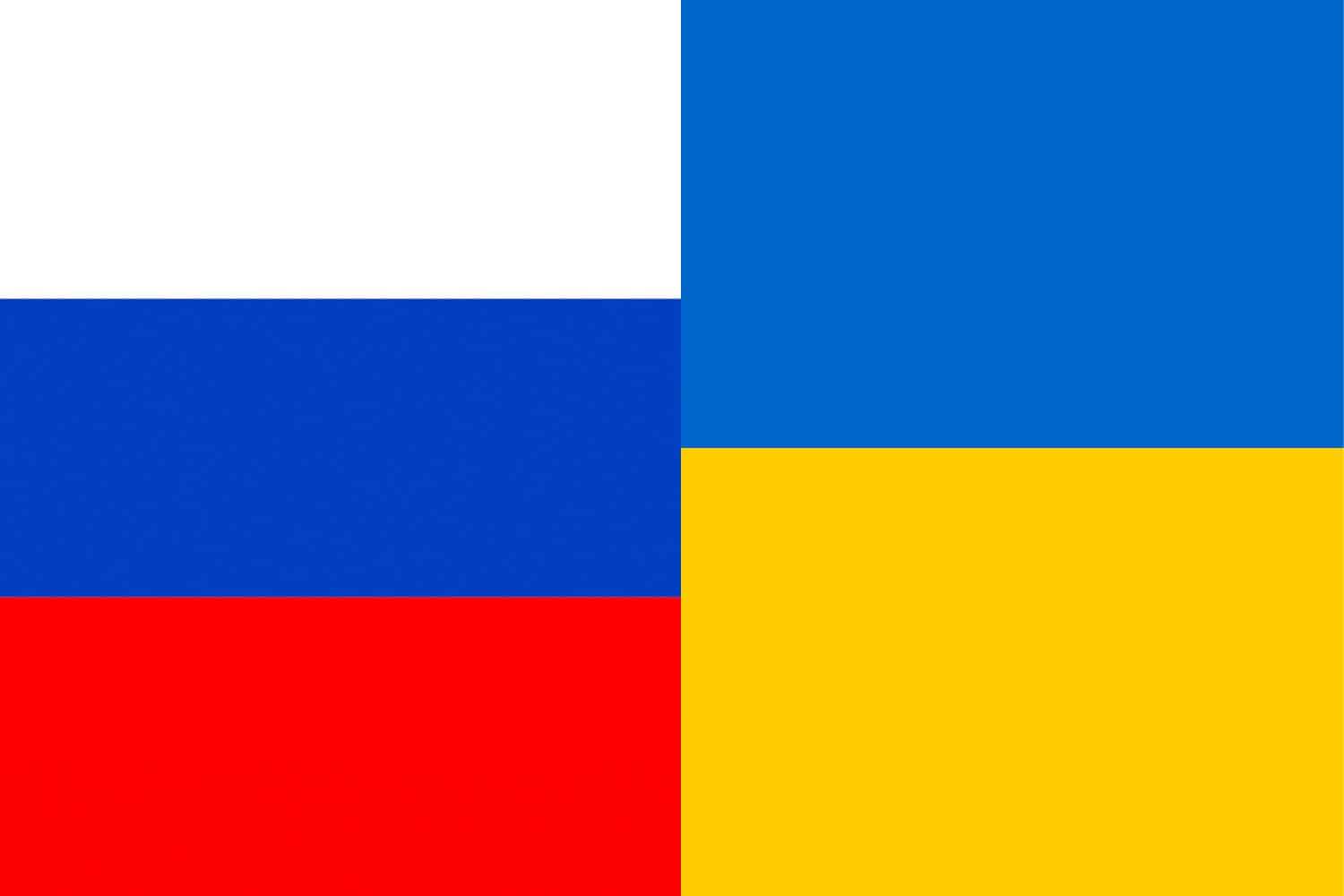
Similarity: Both flags utilize bright and bold colors in their design, which invoke a sense of national pride and heritage.
Difference: The Ukrainian flag consists of two horizontal bands of yellow and blue, representing golden wheat fields under a blue sky, whereas the Russian flag features three horizontal stripes of white, blue, and red, each symbolizing different aspects of Russian society – white for nobility and frankness, blue for loyalty, faithfulness, and honesty, and red for courage and love.
Russian Flag vs Belarusian Flag
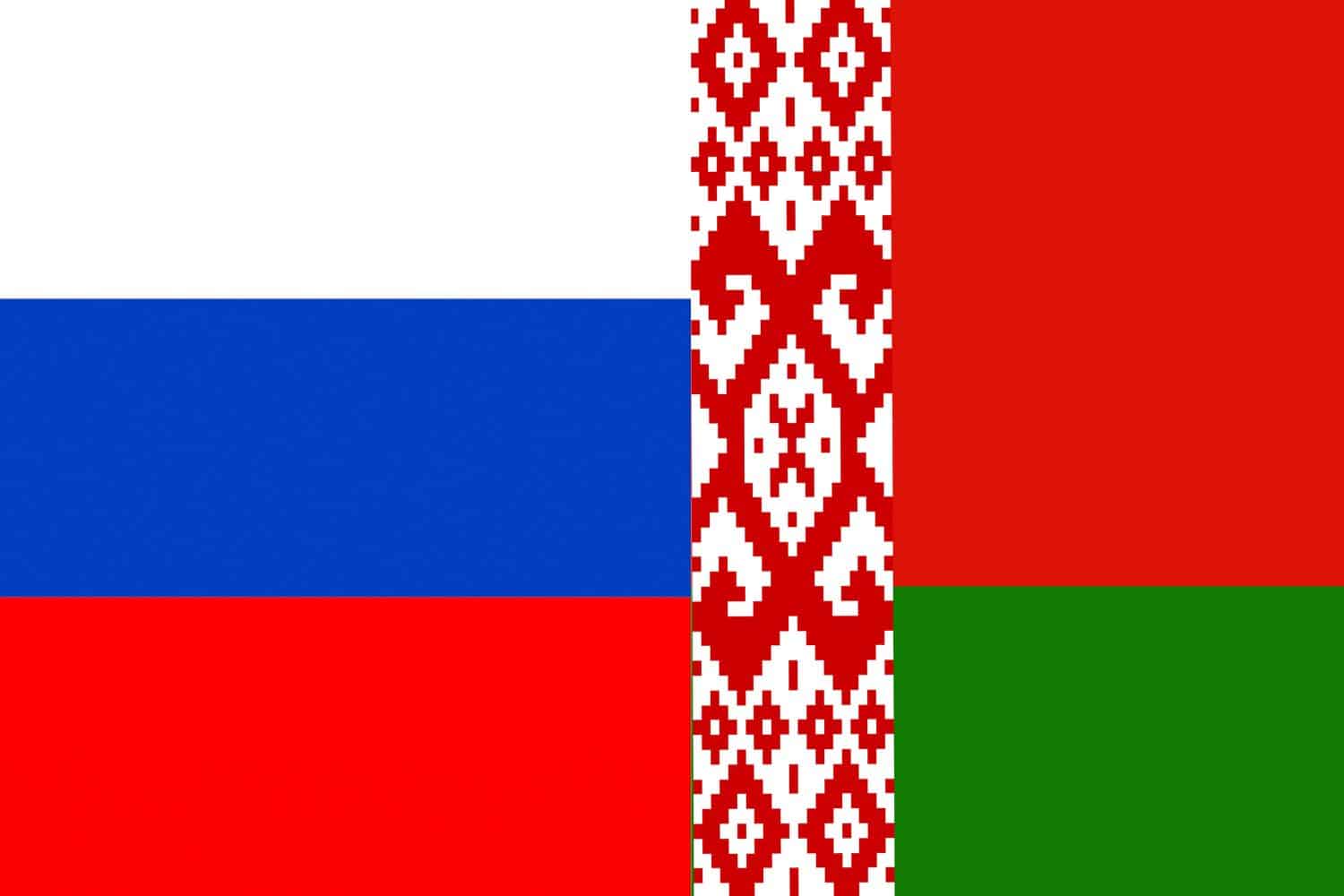
Similarity: Both flags share the use of red and white colors, alluding to common historical and cultural threads.
Difference: The Belarusian flag features a red horizontal band above a green horizontal band, with a vertical red-on-white Belarusian ornamental pattern at the hoist. Meanwhile, the Russian flag sticks to a simpler design with horizontal stripes of white, blue, and red.
Russian Flag vs Estonian Flag
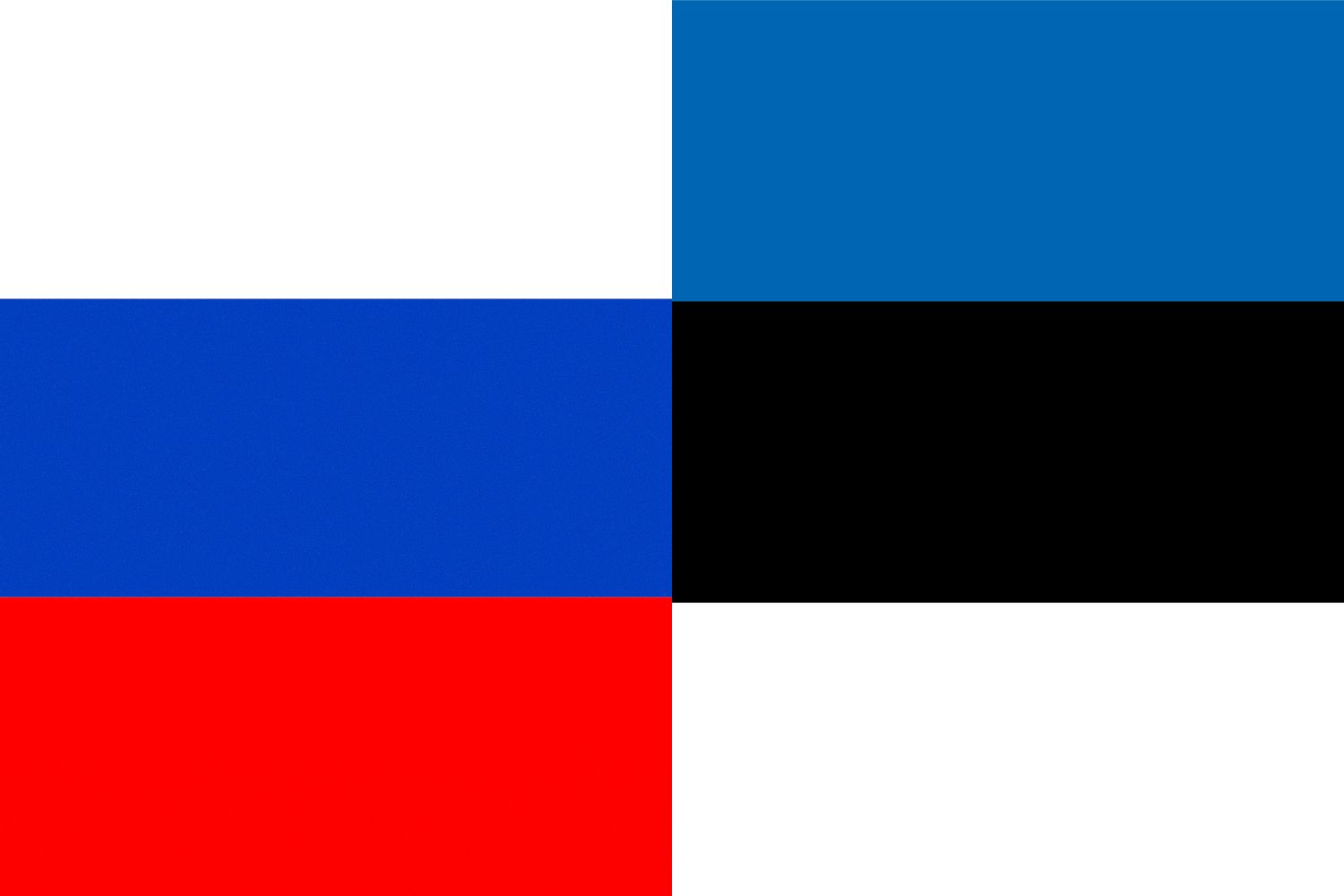
Similarity: Both flags feature a horizontal stripe design, which creates a sense of harmony and balance.
Difference: The Estonian flag bears three horizontal stripes of equal size, blue at the top, black in the middle, and white at the bottom, each symbolizing various Estonian values and historical aspects. Conversely, the Russian flag maintains a tri-color theme with horizontal stripes of white, blue, and red.
Russian Flag vs Latvian Flag
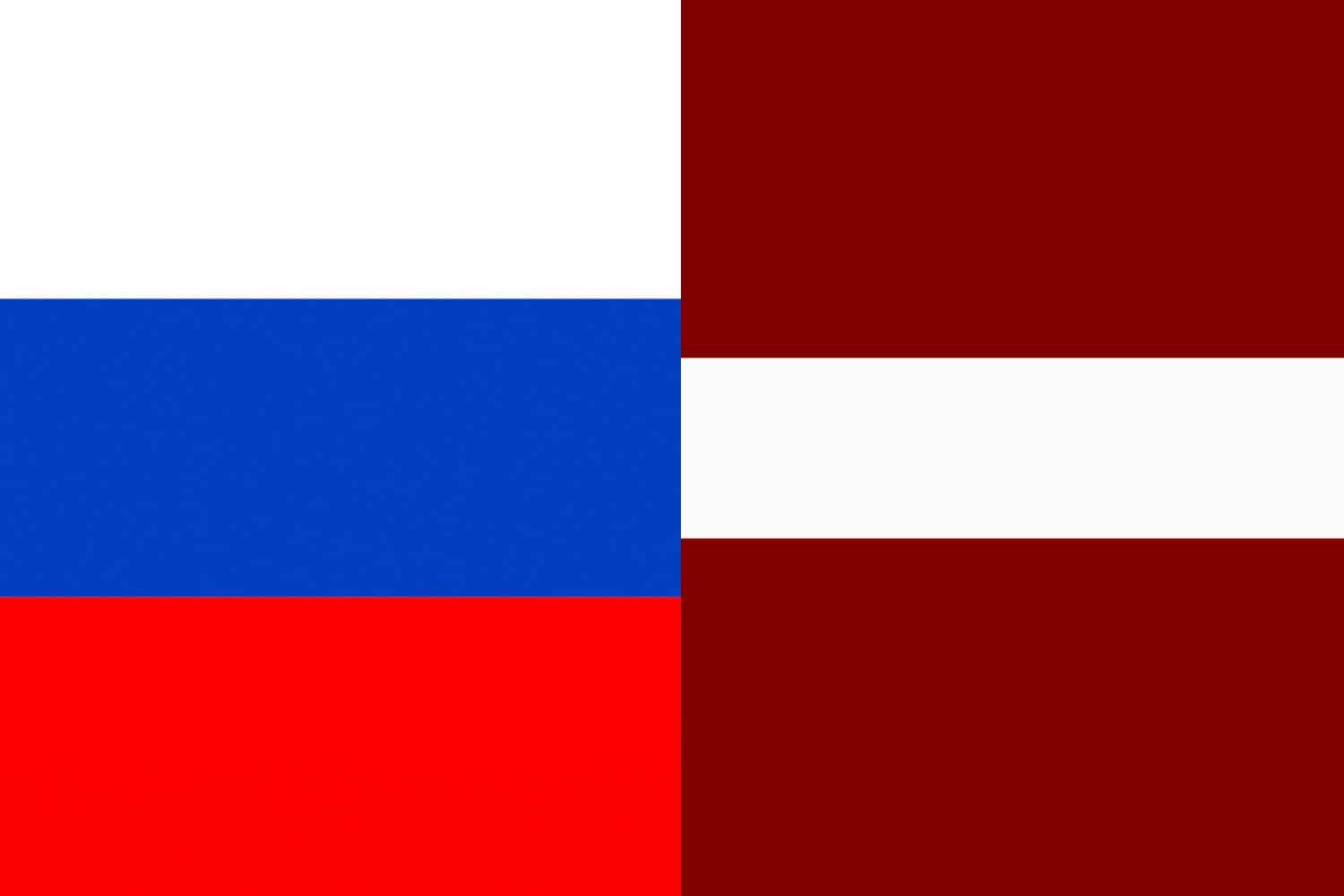
Similarity: Both flags use a bold red shade as a prominent color, which often signifies courage and valor.
Difference: The Latvian flag is characterized by a deep red (almost burgundy) field bisected by a narrow white stripe, whereas the Russian flag showcases a broader palette with its white, blue, and red horizontal stripes, symbolizing nobility, loyalty, and courage respectively.
Russian Flag vs Finnish Flag

Similarity: Both flags embody their national colors distinctly and straightforwardly, presenting a clean and uncluttered design.
Difference: The Finnish flag exhibits a blue Nordic cross on a white field, representing Christianity, whereas the Russian flag, keeping with a different theme, uses three horizontal stripes of white, blue, and red to portray its national narrative.
Russian Flag vs Lithuanian Flag
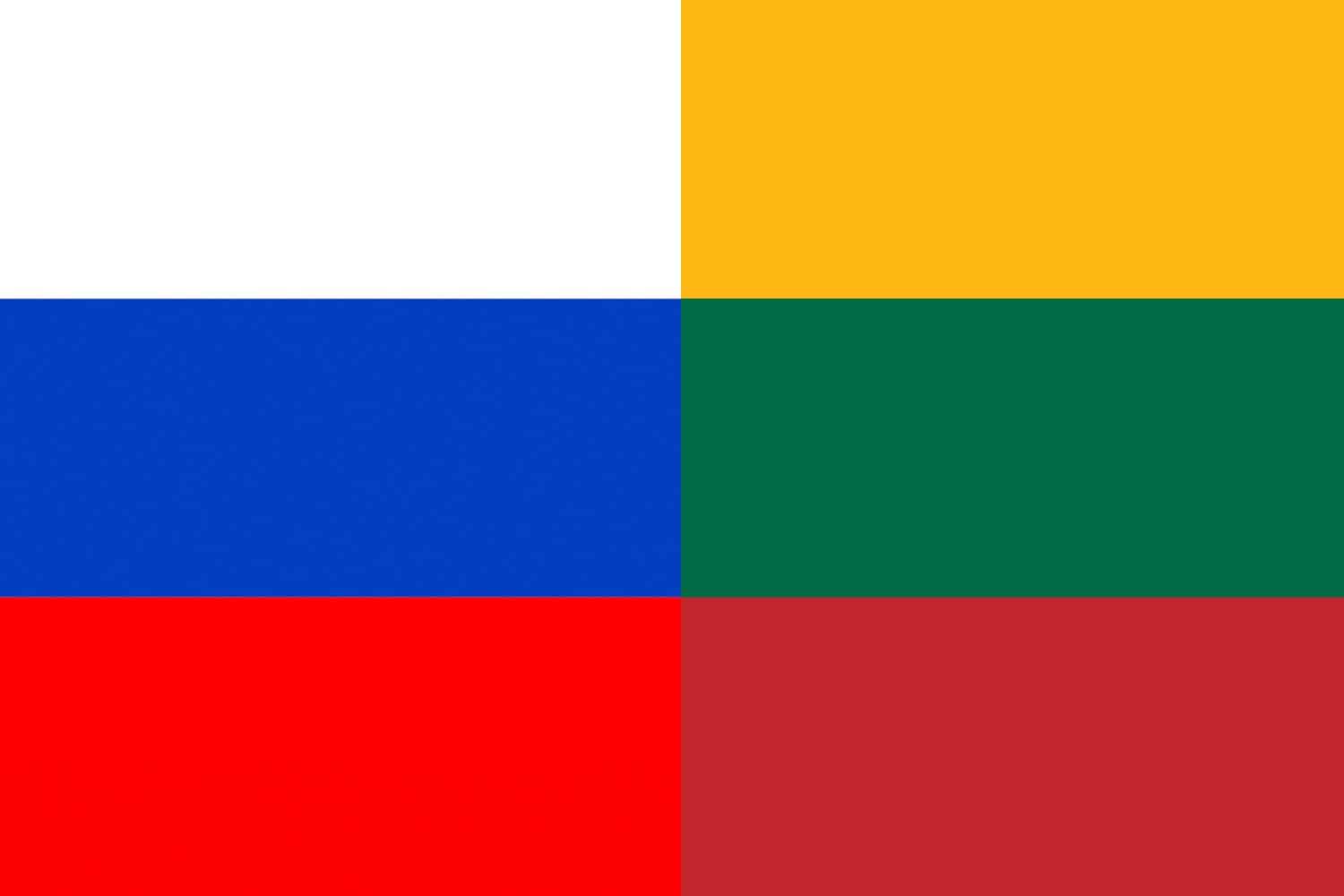
Similarity: Both flags opt for horizontal stripes to display their national colors vividly and proudly.
Difference: The Lithuanian flag comprises three horizontal stripes of yellow, green, and red, representing sunlight, nature, and the blood of Lithuanian martyrs, in contrast to the Russian flag, which maintains its own historical narrative through white, blue, and red horizontal stripes, symbolizing nobility, faithfulness, and courage, respectively.
Frequently Asked Questions (FAQs)
Discover answers to common questions related to the Russia flag picture. From its historical origins to the symbolism behind its elements, find concise and informative responses that address inquiries commonly posed by those curious about Russia’s flag.
What are the colors of the Russian flag?
The Russian flag consists of three horizontal stripes: white on the top, blue in the middle, and red on the bottom.
What is the historical origin of the Russian flag?
The tricolor design first appeared in the early 18th century, becoming widely associated with Russia after it was adopted as the flag for merchant ships.
What do the colors on the Russian flag represent?
While there isn’t an official interpretation for the colors, some believe white stands for nobility and frankness, blue for loyalty and honesty, and red for courage and love.
Has the design of the Russian flag changed over the years?
The current tricolor design has been consistent since its inception, but different flags were used during various periods, notably the Soviet era.
Was the tricolor always the national flag of Russia?
No, during the Soviet Union’s existence (1917-1991), the primary flag was the iconic red flag with the golden hammer and sickle.
Who designed the current Russian flag?
The exact origin is debated, but the tricolor design is believed to have been influenced by the Dutch flag due to Peter the Great’s visits to the Netherlands.
How is the flag of Russia different from the flag of the Russian Federation?
They are the same. The Russian Federation is the official name of Russia, and they use the tricolor flag.
Are there any specific protocols for displaying the Russian flag?
Yes, there are rules and protocols for displaying the national flag, especially during official ceremonies, similar to many countries. For instance, the flag should never touch the ground.
When is the National Flag Day in Russia?
The National Flag Day is celebrated on August 22nd, marking the day in 1991 when the tricolor was hoisted over the Russian Supreme Soviet building after the failed coup attempt.
Is there a pledge or oath associated with the Russian flag?
Unlike some countries, Russia doesn’t have a specific pledge or oath to the flag. However, the flag is a symbol of national pride and is respected accordingly.
More About Russia
[the-post-grid id=”50414″ title=”Russia Main page”]
